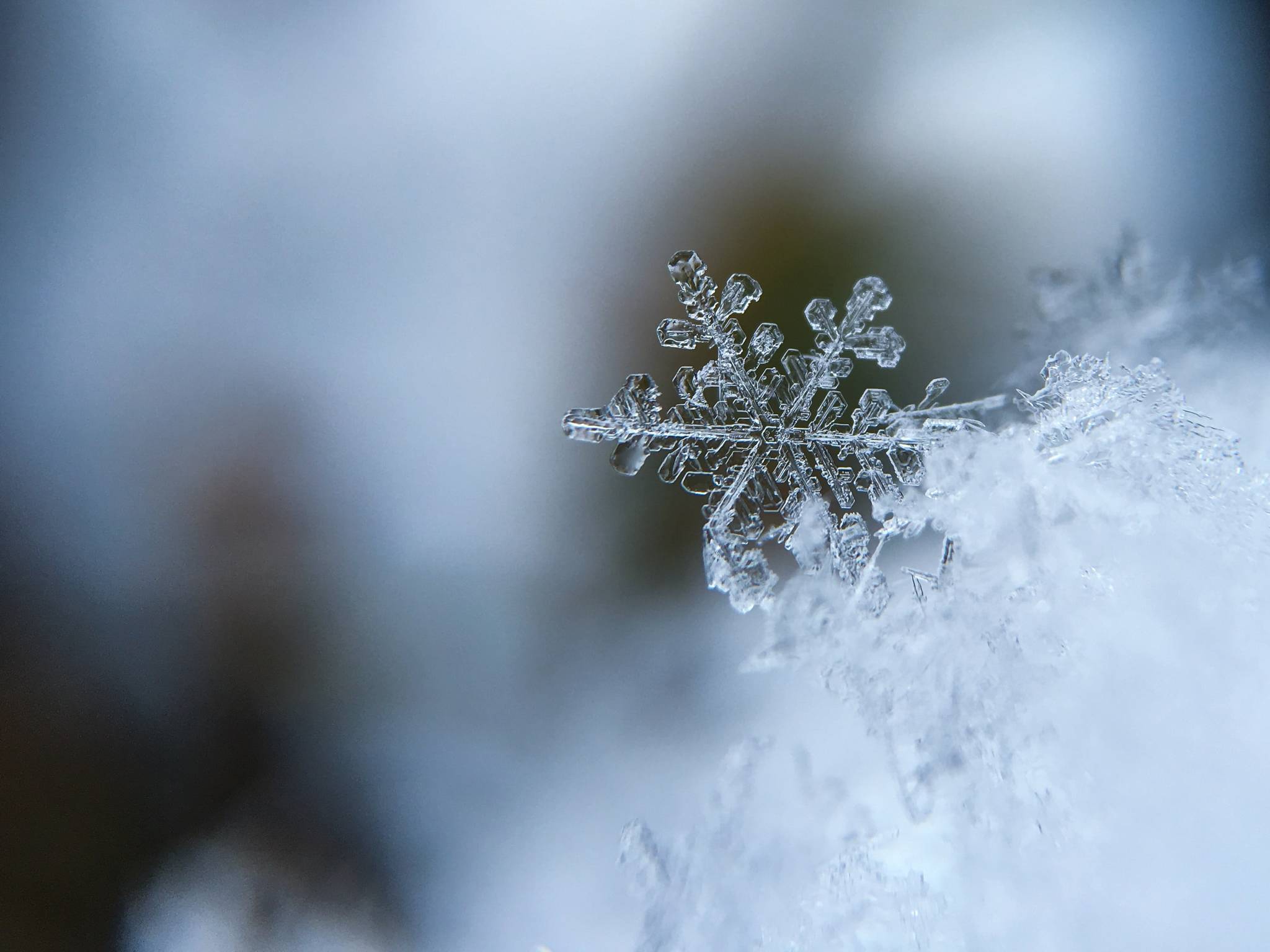Snow
Snow is a form of precipitation in the form of crystallized ice that predominately falls in winter; in Alaska, this can mean every month aside from July, and even then…
The process of actively precipitating snow is called “snowfall” or “f—k, already, I haven’t even put on the snow tires!”
Snowfall tends to form in low-pressure systems known as “extra-tropical cyclones,” which makes sense, seeing as how a long season of continuous snowfall makes you want to take a “tropical” vacation “extra” bad, and down a whole bunch of “cyclones” (vodka, Grand Marnier, grapefruit juice and cranberry juice; float a little lemonade on top).
Terminology
While the term “snow storm” refers to any heavy snowfall, a “blizzard” involves snow and wind. A “Blizzard”™ involves your choice of candy, cookie and sundae topping mix-ins.
[Slack Tide: I’m sticking with glue]
When snow stays on the ground without melting, it creates snowpack. If snowpack stays on the ground for a series of years uninterrupted, the snowpack develops into a mass of ice called a glacier. If the glacier stays on the ground for a series of years uninterrupted, they build a visitor’s center and bus tourists to it.
The term “snow” can also refer to cocaine — most often in 1980s cop movies — as well as Canadian reggae singer Snow, best known for his 1992 single “Informer.” Whatever happened to that guy? He probably joined the Witness Protection Program. You know, after all his informing.
Forms and Types
Snow crystals form when tiny super-cooled cloud droplets freeze. Snowflakes form when snow crystals grow and stick together. Sno Balls® form when cream-filled chocolate cakes are covered in marshmallow frosting and pink coconut shreds.
A snowflake consists of roughly 1019 water molecules, coincidentally the same number of drive-through espresso stands up here. What’s with Alaskans and latte?
Scientists classify snow according to flake shape, accumulation rate and the way snowfall collects. Once on the ground, snow can be categorized as “powdery” when fluffy, “granular” when it enters the freeze/thaw cycle and eventually “ice,” once packed into a dense drift. All stages are excellent at concealing garbage and dog turds, a big part of what makes Alaska so beautiful in winter.
In mountainous areas, such as downtown Juneau, external stresses on the snow pack can cause a sudden, drastic flow of snow down a slope. This is known as an “avalanche.” The
“Avalanche” was also the name of the finishing move employed WWF star King Kong Bundy, a 500-lb. bald man in a black spandex unitard. While certain precautions can be taken to forestall natural avalanches—machine grooming, snow fences, explosives—nothing stops a King Kong Bundy avalanche. Just ask Hillbilly Jim.
Snow that falls as a ball rather than a flake is called “graupel” or “soft hail” (even though it looks more like Dippin’ Dots™). Snow that falls in Southeast Alaska is known as “switching over to rain.”
Effects on Human Society
Substantial snowfall can disrupt public infrastructure and slow human activity (although not in Alaska, where people seem to drive even faster when it snows, rolling into the ditch be damned).
In particular, snow can cause extremely dangerous driving conditions, especially if you’re rocking a Prius without studs.
Of course, snow also provides opportunities for recreational winter sports such as snowshoeing, skiing, snowboarding and, for toddlers, gross-brown-slush-from-under-the-car eating.
Especially popular in Alaska is snowmobiling, except here, snowmobiles are called “snowmachines” or “sleds” (especially when “necks” are involved). “Snowmachine” can also refer to a cocktail (beer mixed with gasoline; float a little whisky on top).
Fresh snow reflects at least 90% of ultra-violet radiation, which on sunny days following new snowfall, can cause an eye condition known as “snow blindness,” not to be confused with “beer goggles,” a phenomena caused by tailgating in ski resort and trail head parking lots.
Snow Trivia
Believe it or not, the record for snowfall in a single season does not belong to any location in Alaska, but Mount Baker in Washington State, which, during 1998-99 received 1,140 inches. Anyone else feeling a snow envy?
In motion picture production, engineers simulate the sound of walking through snow using corn starch, salt and/or cat litter. Coincidentally, these are also three of the 11 secret herbs and spices in Kentucky Fried Chicken.
Scientists have observed a variation of snow that falls on Venus, although it’s composed of metallic compounds and occurs at significantly higher temperatures.
That’s right: on Venus, it snows hot metal. You heard it here first: Ski Venus!
Still, this sort of puts even the harshest Alaskan winter in perspective.
• Geoff Kirsch is an award-winning Juneau-based writer and humorist. “Slack Tide” appears twice monthly in Neighbors.

